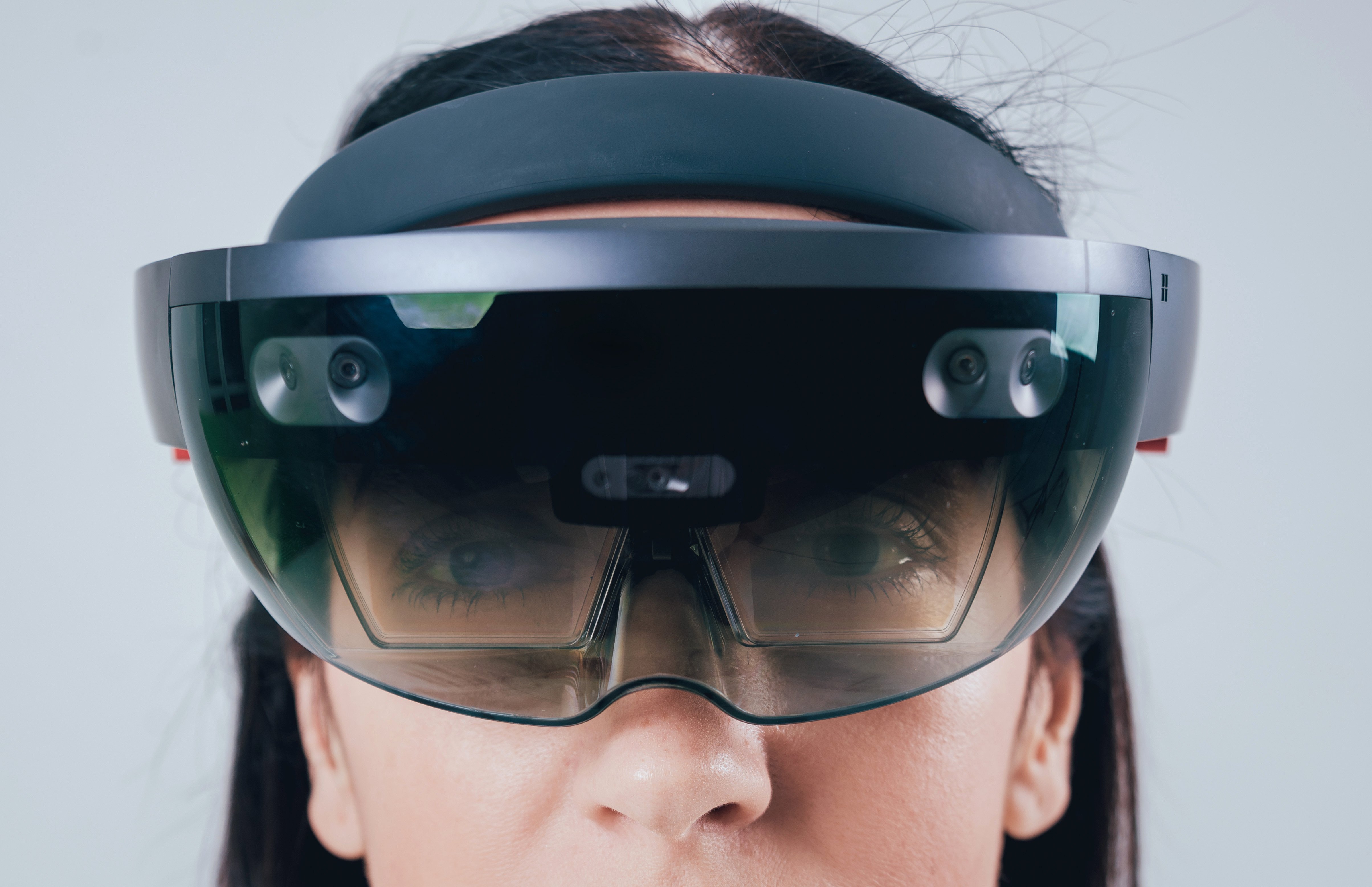
1 Clearly define the objective
- Identify the specific training needs that the virtual reality simulator could meet. Virtual reality must have a specific purpose: learning a technical skill, role-playing, reducing the use of consumables, etc.
- Explain how virtual reality can improve existing training processes. By its very nature, virtual reality offers a number of advantages! Whether through the repetition of exercises, the speed with which they can be implemented and mastered, or the feedback offered, VR is revolutionizing training processes.

2. Present the benefits
- Immersive learning: Virtual reality offers an immersive learning experience that can improve information retention and understanding. Used well, VR can significantly enhance the learner experience.
- Safe training: For professions where there are risks, VR allows training without real danger. The absence of risk is an excellent argument for learning particular skills or handling potentially dangerous tools.
- Long-term cost reduction: Although the initial investment may be high, training costs can be reduced in the long term, particularly by reducing the need for physical materials or travel.
- Customised training: The feedback and adaptability of the simulator makes it a unique training tool. The trainer receives individualised reports and can adapt the training programme to the strengths and weaknesses of each individual.
- Flexibility: Training sessions can be adapted to different learners and repeated as many times as necessary.
3. Research and present case studies
- Show examples of other companies or sectors that have benefited from virtual reality for training. Quote concrete figures on improved success rates, reduced costs, etc.
We’ve prepared a few for you right here:
4. Prepare a demonstration
- If possible, organise a live demonstration of a virtual reality simulator. Let the decision-makers try it out for themselves so they can see the benefits first-hand. A well-prepared demo is the best way to convince!
Bonus: We've prepared a tour of the virtual chemistry laboratory in the video right here!
5. Cost-benefit analysis
- Provide a detailed analysis of the costs associated with purchasing and implementing the simulator versus the long-term benefits.
- Take into account indirect costs such as the reduction in accidents or errors thanks to better training. Improved training efficiency and increased learner satisfaction are also benefits to consider.
6. Anticipate objections
- Be ready to respond to concerns about costs, technology, the learning curve, and so on. To do this, we advise you to set up a monitoring system to ensure you have as many arguments as possible.
- Propose solutions or alternatives for each potential objection.
- Be ready to respond to concerns about costs, technology, learning curve, etc. To do this, we advise you to set up a monitoring system to ensure you have as many arguments as possible.
- Propose solutions or alternatives for each potential objection.

7. Propose a pilot phase
- Be ready to respond to concerns about costs, technology, the learning curve, etc. To do this, we advise you to monitor the situation so that you have as many arguments as possible.
- Propose solutions or alternatives for each potential objection.
8. Highlight the return on investment (ROI)
- As well as reducing costs, highlight other potential ROIs such as improved employee satisfaction, increased productivity or reduced training time.
9. Follow-up
- After presenting your proposal, follow up regularly to answer any further questions or concerns.
- Make sure that the tool put in place during the pilot phase is used regularly. Ask for feedback from both learners and trainers to ensure that the simulator meets training needs.
Subscribe to MIMBUS on LinkedIn to be informed when our next articles are released!



